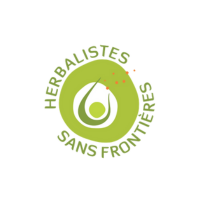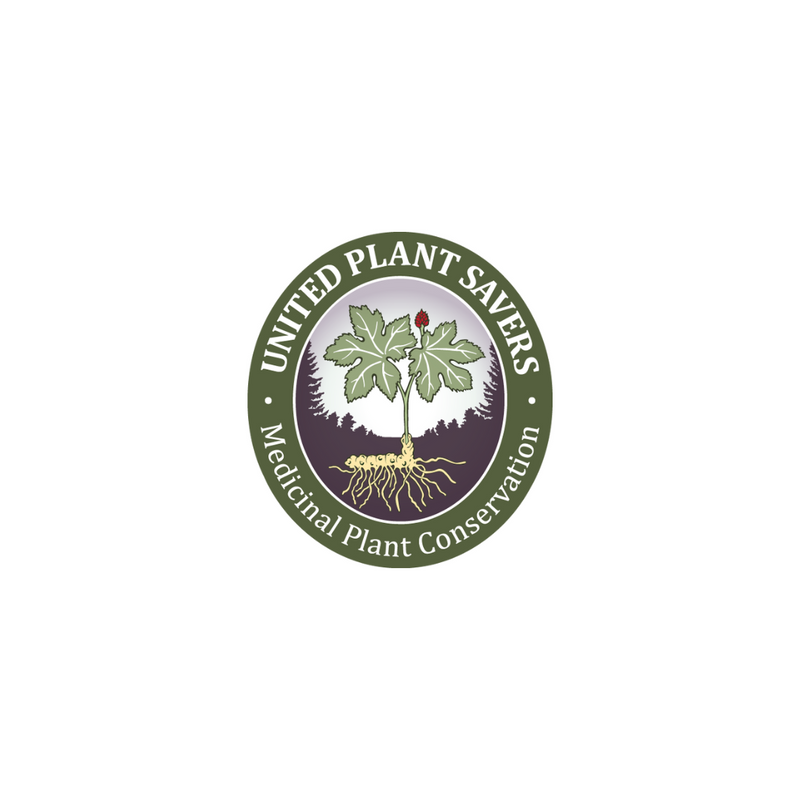
BACKYARD MEDICINE
Share
How many plants in your OWN yard can you make medicine with?
Getting started using herbs and making your own medicine may feel intimidating at first. The more one grows in the knowledge of what plants are medicine (nearly all of them, in some way or another) and begins identifying those that grow around you... it can feel overwhelming.
So we start small. We start with those that grow abundantly in our own yards, are easy to identify and provide immense benefit with little chance of harm.
I am going to share 5 of my favorite herbs that fit those exact definitions. This is based on my own Midwestern area, though many of these herbs are found anywhere that is temperate.
Let's talk about Dandelions, Plantain, Jewelweed, Red Clover and Rose.
Who doesn't know Dandelion. For homeowners, they are an archnemesis. But for anyone with even the most basic herb knowledge, this plant becomes ones best friend. Such a wonderful, hearty and giving plant. Everything on this plant is used in herbal medicine. From its tender leaves in salads to its roots in digestive bitters or even ground as a coffee substitute. This beauty is a Tonic herb. (read more about that in another post). A great way to take this plant daily is in your own Fire Cider. Or as a tincture.
Plaintain, a humble plant if there is one, often goes unnoticed. And I bet, if you have an untreated yard, you have at least a couple of these plants. Best buds with Dandelion, it has a similar shape. Learn where they are in your yard, because they are SUPER handy when working in the yard and you get bit or stung by something. This plant is a "drawing" herb. For those moments when you need immediate relief, pop a leaf into your mouth, chew it up real nice and then put it on the spot. It will draw out the poison. For troublesome wounds, I like to combine the powdered dried leaf with a healing salve (I use our Boo Boo balm) and slather over top the infected area. It will draw out any infection that is preventing the wound from healing. It has worked magic for me. (This does not replace seeing a doctor when home care isn't enough).
Jewelweed. Now here is a plant that was my gateway to herbal medicine. Here in the midwest we have all kinds of poisonous plants/vines that cause horrible itchy rashes. Poison ivy and I were oh too familiar with one another, as I was often in the woods hiking, climbing trees and searching for adventure. I quickly learned that wherever poison ivy (or poison Oak and Sumac) could be found, so often was Jewelweed. This is a moist forest-loving plant, with juicy stems. That is what makes it so wonderful as a PREVENTATIVE when out in the woods. If you think you have brushed up against any of the poison plants, grab a plant or two of Jewelweed, crush it in your hands and rub on any exposed skin. It will neutralize the oils. Should you not realize you were exposed until AFTER the rash appears, making a wash with this plant is a way to bring relief. Or try either our Jewel of a Salve or Poison Ivy soap for those moments.
Red Clover is nearly everywhere a yard or field has been allowed to grow tall. Recognizable for its large fuzzy clover leaves, tall stature and purplish globe flowers. Red clover is another wonderful Tonic herb. Known particularly for its support of women's hormonal issues. I love to walk through a field, gathering a couple of handfuls of these flowers and allowing them to dry to make them into a gorgeous tea. It is also good for cardiovascular health. I love tonic herbs.
Last and never least, Rose. Because of its place as the "royalty" of the flower garden, its medicinal properties are often forgotten. And some of the best medicinal properties are actually found in the wild rose, which tends to be a bit more sparse in appearance. Also a forest lover, but cultivated rose petals are also valuable in this way, as long as they are free of chemical treatments. Rose is gentle, warm and balancing. I turn to rose petals when I feel emotionally down accompanied by physical heaviness. As befitting its reputation, Rose "gladdens the heart". Perfect to add in that cup of Red Clover buds as well.
There are many parts to learning everyday herbalism. Working with tonic herbs is a great way to support your body in staying healthy. First aid is another way to get familiar with what is available and how to use herbs. Each of these plants I have shared today will allow you to experiment with identification, ethical harvesting, preserving and experimentation with different forms of herbal applications. Make a tea. Make a salve. Preserve as a tincture. Slow down and listen to the ancient knowledge the plants wish to share with you. Remember these are also living things that have much to share with us, and we with them, when we show respect and love in return.




